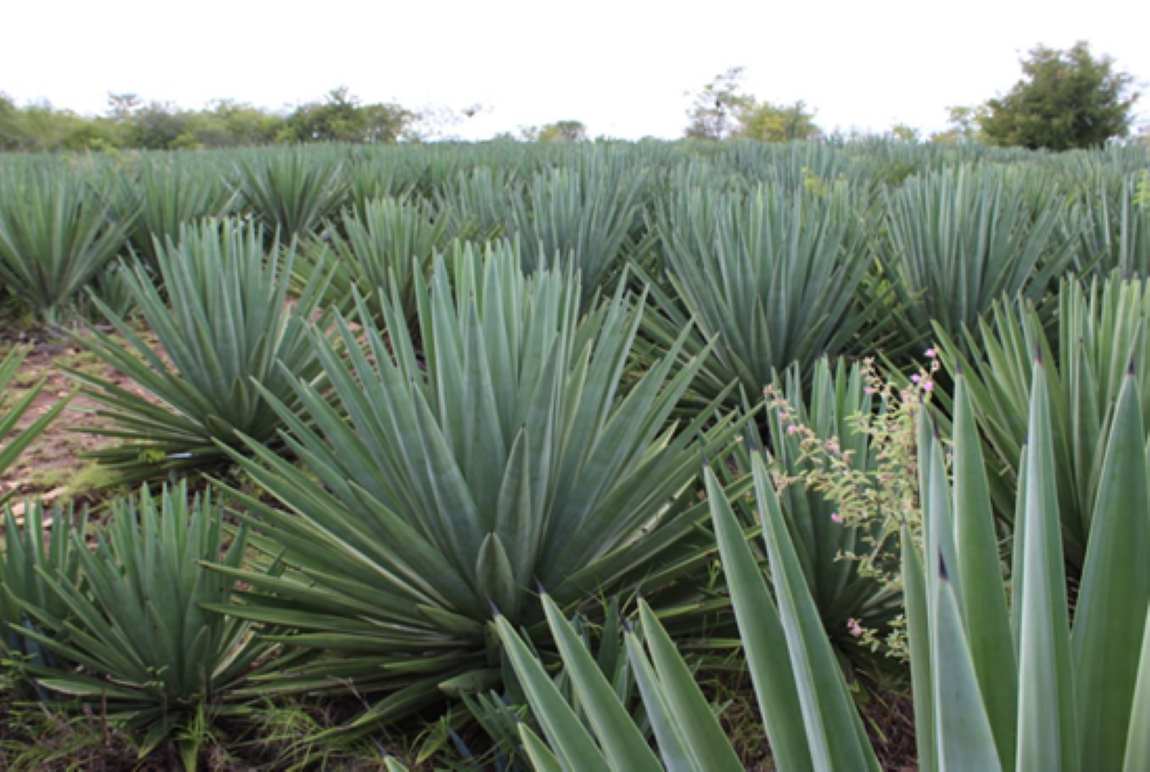Karina Toledo, from Bologna | FAPESP Climate change has caused an increase in the semi-arid climate region in Brazil. Data from the National Center for Monitoring and Warning of Natural Disasters (CEMADEN) and the National Institute of Space Research (INPE) in the South American country indicate an expansion of 7,500 square kilometers per year since 1990, which is equivalent to five times the area of the city of São Paulo. A similar phenomenon has been observed in some regions of Europe and North Africa.
With this in mind, and with the desire to find solutions to mitigate climate change, a group of Brazilian researchers began searching for plants with the potential to be used to generate bioenergy and that could be grown where the climate is not favorable for sugarcane. They decided to study Agave, a genus of succulent plants that includes more than 200 species and is widely used in Mexico to make tequila.
The work is being carried out with the support of FAPESP within the Brazilian Agave Development (BRAVE) project, a partnership involving the State University of Campinas (UNICAMP), the company Shell and other teaching and research institutions such as Senai CIMATEC (the Integrated Manufacturing and Technology Campus of the National Industry Service, the non-profit initiative of the CNI, the National Confederation of Industry), the Federal University of Recôncavo da Bahia (UFRB), the University of São Paulo (USP), and São Paulo State University (UNESP).
The latest results were presented on October 14th during FAPESP Week Italy by Marcelo Falsarella Carazzolle, professor at the UNICAMP’s Institute of Biology (IB) who coordinates the initiative alongside Gonçalo Pereira, also from IB-UNICAMP. The event, which ended on October 15th, was held in partnership with the Alma Mater Studiorum – Università di Bologna (UNIBO).
“In Brazil, the main species grown is Agave sisalana, whose leaves are used to make sisal fiber. However, this process makes use of only 4% of the plant, generating a large amount of waste that’s now put in the field to be degraded,” said the researcher. “However, it’s possible to generate bioenergy from both the juice extracted from the leaves, which is rich in inulin, a type of sugar, and from the bagasse, which is rich in cellulose. In addition to the leaves, agave pine cones also accumulate a lot of inulin that can be used. The plants require less water and fertilizer [compared to sugarcane], grow in five years, and generate 800 tons of biomass per hectare.”
Read more at Fundação de Amparo à Pesquisa do Estado de São Paulo (FAPESP)
Featured image: In Brazil, the main species grown is Agave sisalana, whose leaves are used to make sisal fiber Credit: Nicholas Vinícius Silva



